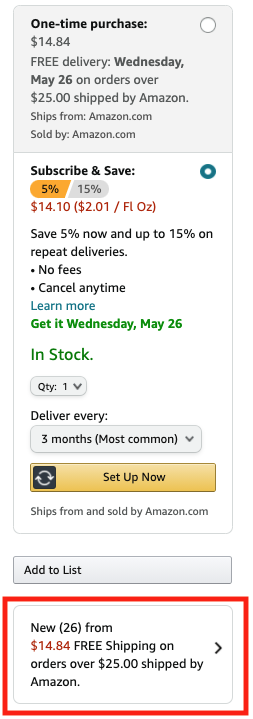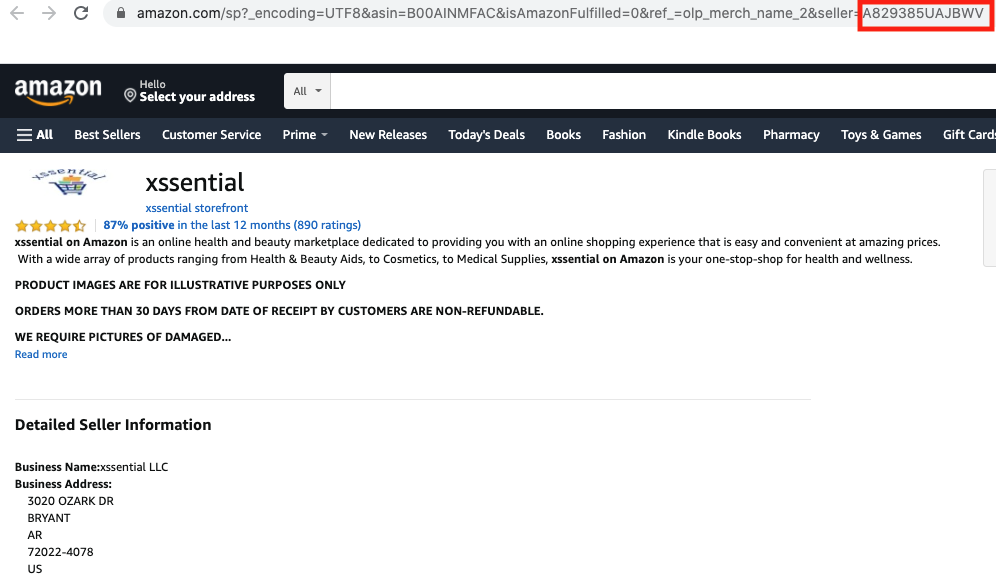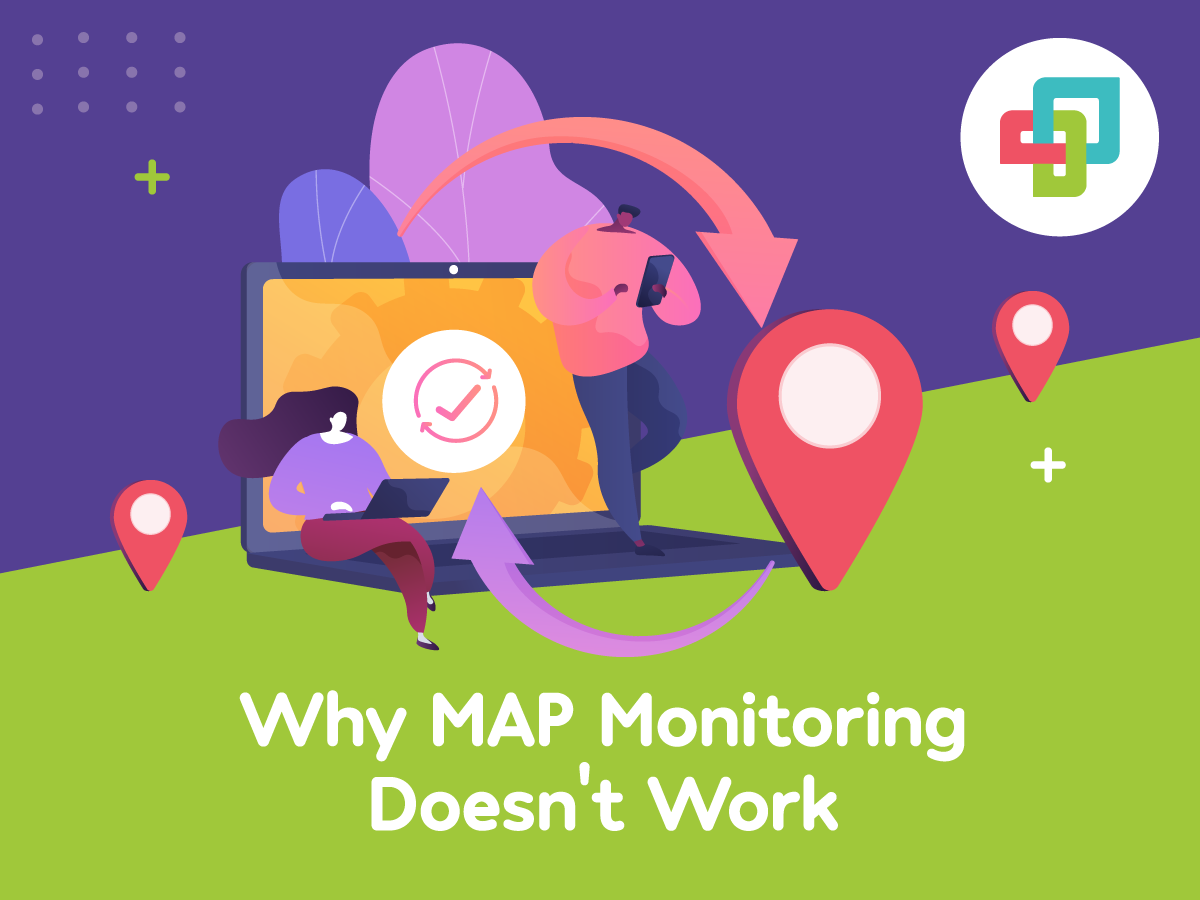If you are selling on Amazon, you are probably familiar with MAP monitoring, the process that allows you to keep track of your pricing across the platform. A basic definition of MAP monitoring from PriceSpider is:
“MAP monitoring is the process brands use to ensure that sellers follow their minimum advertised pricing (MAP) policy. Brands track their SKUs across online stores and marketplaces, monitor prices, and communicate with sellers to enforce their policy.”
This can be done manually by your brand, or there are many companies out there that offer software to perform MAP monitoring for you, as it is a tedious and ongoing process. MAP monitoring is so important for a brand because it creates the backbone of your pricing policy, protects you from price erosion, and ultimately helps create a good rapport between your brand and retailers. However, when it comes to marketplaces like Amazon, MAP monitoring will not work in the same way.
Brands on Amazon have multiple resellers (whether they know it or not). Some of these resellers are approved by the brand to sell their products, but chances are many unauthorized resellers are taking your products and selling them as their own. This is and has been a major dilemma when it comes to selling on Amazon. If a brand was to use MAP monitoring in the way it is intended on Amazon, it will not be as successful as it should. Let us explain why:
First and foremost, unauthorized resellers are professionals at what they do. They have taken the time and effort to successfully obtain products that aren’t theirs, created accounts, storefronts, etc., to establish themselves as a business in their own right. Because of this, they are sophisticated and educated in how to circumnavigate ‘grey’ areas such as this.
One technique that they practice is purchasing products under one name and then selling them under another name. For example, let’s say you sell to Company 123, and then they turn around and sell the products under Company 456. Company 456 then begins to break MAP, but you don’t recognize how they even got your product in the first place (because you sold to Company 123 initially). If you can identify a break in MAP, but you can’t identify the seller – then who will you target? How will you know this was Company 123’s doing all along? If you can’t enforce on them, then how will you know who they are? This can be easily understood by the analogy of a bank robber stealing with a mask on. You know that you have been stolen from, but you have no real way of identifying who is under the mask. Company 123 is really under the mask, but Company 456 shows up on the video footage. In this scenario, you can do all the MAP monitoring to identify if there is an issue, but you will have a hard time getting down to the culprit of the crime.
Additionally, if you DO happen to successfully identify which seller is not complying to MAP and then turn around and issue a warning, they can simply change the name of their store to avoid getting caught again. In this scenario, let’s say Store ABC has been caught and warned by your brand, now Store ABC will change their name to Store XYZ and continue their bad practices. As a brand, you’re now going to see Store XYZ is breaking MAP and issue a warning, and the saga continues. This will allow the same seller to continually rip you off but keep changing names so that they never get more than a warning for it. Luckily, there is a way to avoid this scenario: to track all sellers by their Merchant ID. This ID will always remain the same, even if the seller switches names, and it can be a useful tool for brands to avoid this situation.



To find a Merchant ID (there are a variety of ways to do this): First – to find a seller easily, go to a product page that they sell on, look for sellers under the buy box, click on the merchant’s name, it will take you to their seller page and the Merchant ID will be listed in the URL. This number will never change, even if the merchant changes their name everywhere else.
Another reason why MAP monitoring doesn’t work is because a brand needs to have strict rules in place for those that they know are breaking the rules. If these do not exist or are not enforced, then what do unauthorized resellers have to lose by breaking MAP? Many companies practice MAP monitoring but don’t exactly have a plan as to what to do if they find someone who isn’t being compliant.
Additionally, all of the MAP monitoring software out there can only do so much. Most of the time, these tools just tell you where the violations are; they don’t actually get any resellers kicked off of Amazon or physically remove them from selling your products. That will still be up to the brand to pursue action. So the question becomes: are you looking for someone just to identify the problem or someone to actually deal with the problem of resellers? This can be understood by the example of hiring an extermination company who comes over, tells you that you have roaches, gives you the bill, and then leaves. This is MAP monitoring software. They do not actually kill the roaches. They do not actually get rid of the problem.
While it can be a helpful tool, hopefully, by now, you can understand why MAP monitoring doesn’t work. If your brand is serious about maintaining MAP and blocking unauthorized resellers, then the only real solution is to remove those resellers from being able to sell at all. This will not only help with maintaining your MAP but also with upkeeping your brand’s integrity as a whole and ensuring you make every cent of your product’s sales. The experts at Amazzia can help protect your brand on Amazon, Walmart & eBay by removing these unauthorized resellers for you; please reach out if you need brand protection!



